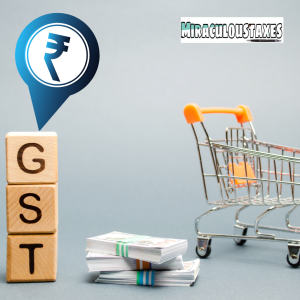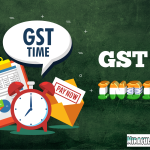Introduction
Goods and Services Tax (GST) is an Indian tax system. It is effective in India since July 1, 2017. GST replaces various indirect taxes such as service tax, excise duty, VAT, etc. and merge them into one. It also aims to simplify the tax system for businesses and consumers.
How it works?
GST in India, is a destination-based consumption tax. It’s a value added tax. The tax is levied on the value addition at each stage of the supply chain [Manufacturer- Distributor- Retailer- Final Consumer]. It is a tax on the supply of goods and services. The tax on value addition eliminates cascading taxes (tax on tax) which reduces the overall tax burden on businesses. And it also promotes ease of doing business in India. The final tax is borne by the consumer.
Types of GST
We can divide into CGST (Central GST), SGST/ UTGST (State GST/ Union Territory GST) and IGST (Integrated GST). While CGST and SGST/ UTGST are taxes on the supply of goods or services within the state, IGST is tax on the supply of goods or services outside the state.
ITC in GST
One of the most important features of GST is the input tax credit (ITC) mechanism. ITC allows businesses to claim credit for the tax paid on inputs, raw materials, and capital goods used in the production process. Therefore, it helps eliminate tax on tax. And because the balance tax (output tax minus input tax) is paid at each stage, it reduces the cost of goods and services.
GST Compliances
Moreover, GST aims to bring about a significant change in compliance requirements for businesses. Under the GST regime, businesses file monthly, quarterly, and annual returns which depends on their turnover. The periodical return filing process makes the tax system more transparent.
Also, the GST portal adds new features continuously to enhance the services on the portal.

Conclusion
Overall, GST is a game-changer in the Indian tax system- “One Nation One Tax”. It helps in boosting economic growth and simplifying the tax system.









Thanks for sharing. I read many of your blog posts, cool, your blog is very good.
Thanks, go through my youtube videos also.
Thank you for your sharing. I am worried that I lack creative ideas. It is your article that makes me full of hope. Thank you. But, I have a question, can you help me?
Yes, how can I help you?